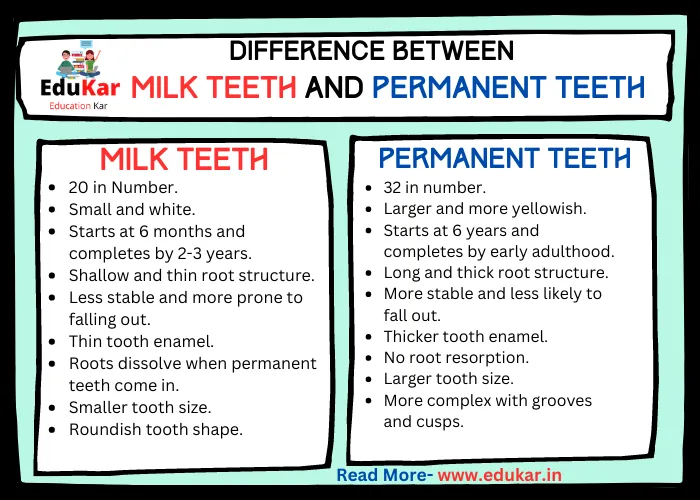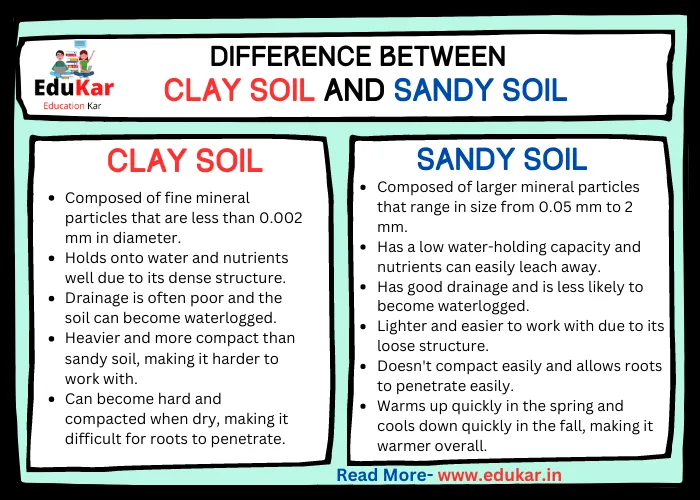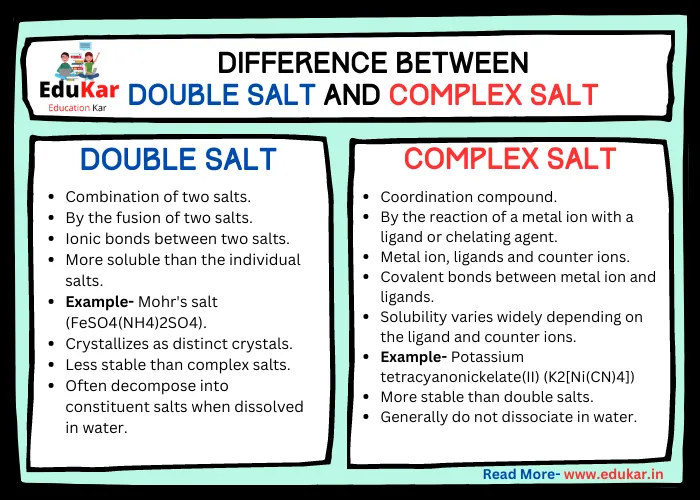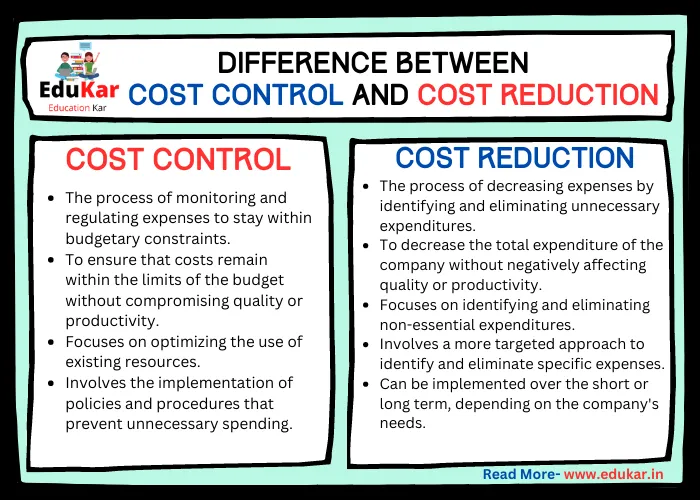Contents
Learn about the difference between mineral and ore in this informative blog post. Discover the definition of each, their characteristics, and the key differences that set them apart. Gain a better understanding of geology and mining with this essential knowledge.
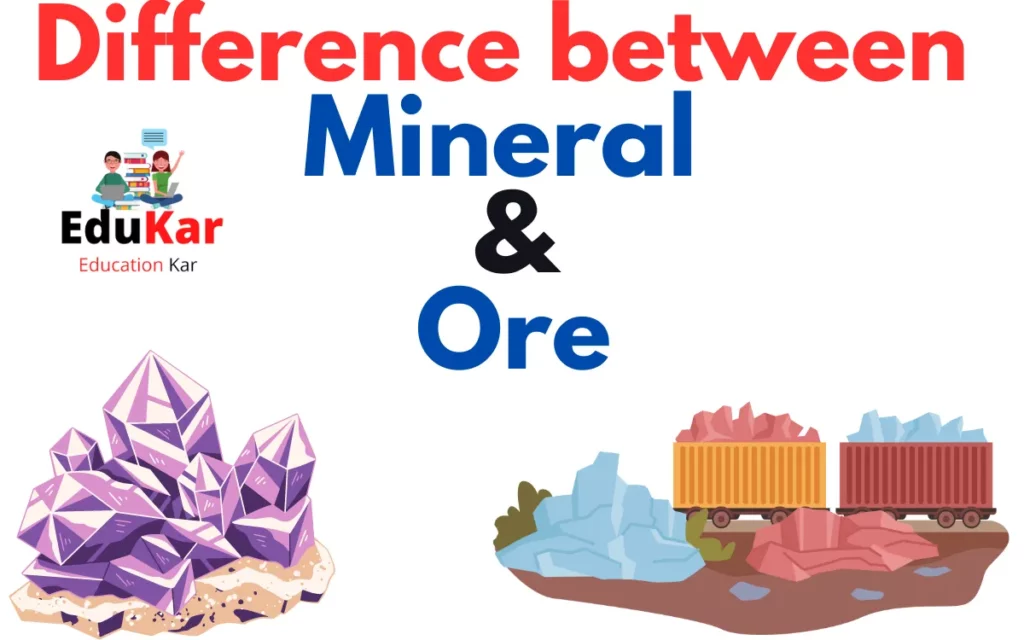
Minerals and ores are two terms that are often used interchangeably, but they have distinct meanings in geology and mining. Minerals are naturally occurring substances that are formed through geological processes, while ores are minerals that contain a valuable substance that can be mined for profit.
Definition of Mineral
A mineral is a naturally occurring substance that has a specific chemical composition and a crystalline structure. Minerals are formed through geological processes, such as volcanic activity, erosion, and sedimentation. They can be found in rocks, soil, and water. Some of the characteristics of minerals include their physical properties, such as color, luster, hardness, and density.
Types of minerals
There are over 4,000 known minerals, but only a few are common. The most common minerals include quartz, feldspar, mica, calcite, and pyrite. Minerals can be classified into groups based on their chemical composition, such as silicates, carbonates, sulfides, and oxides.
Definition of Ore
An ore is a rock that contains a valuable substance that can be mined for profit. The valuable substance in an ore is usually a metal or mineral that has economic value, such as gold, silver, copper, or iron. Ores are formed through geological processes, such as mineralization, hydrothermal activity, or sedimentation.
Types of Ores
There are many different types of ores, each with its own unique characteristics. Some of the most common ores include bauxite, which is the primary source of aluminum; copper ore, which is used to make electrical wires and pipes; and iron ore, which is used to make steel.
| Basis of Differences | Mineral | Ore |
|---|---|---|
| Definition | Naturally occurring inorganic substance with a crystalline structure | Rock or sediment containing one or more valuable minerals that can be mined for profit |
| Occurrence | Naturally occurring in the earth’s crust | Naturally occurring or artificially concentrated in rock or sediment |
| Formation | Formed by natural processes | Can be formed naturally or by human activities |
| Composition | Inorganic crystalline substance | May be inorganic or organic substance |
| Purity | Can be impure or contain trace elements | Generally contains a high concentration of the valuable mineral(s) |
| Industrial use | May or may not have industrial use | Has significant industrial use |
| Economic value | Generally not economically valuable | Valuable for its constituent elements, often used in industrial processes or as a raw material |
| Concentration | May be present in small or large amounts | Contains high concentration of valuable minerals |
| Extraction | Not necessarily extracted or mined | Extracted from the ground using mining techniques |
| Revenue | Not generally a significant source of revenue | May be a major source of revenue for mining companies |
| Availability | Widely distributed in the earth’s crust | Often found in specific locations or deposits |
Examples of minerals and ores
Some examples of minerals include quartz, feldspar, and calcite. These minerals are commonly used in construction materials, such as concrete and asphalt. Some examples of ores include copper ore, which is used to make electrical wires, and iron ore, which is used to make steel.
Conclusion
Minerals and ores are two distinct terms in geology and mining. While they are often used interchangeably, they have different meanings and characteristics. Understanding the difference between minerals and ores is important for anyone interested in geology or mining, as it can help you identify valuable substances and understand how they are formed.
FAQs:
What are the characteristics of Minerals?
Minerals have physical properties, such as color, luster, hardness, and density, and they have a specific chemical composition and a crystalline structure.
What are the characteristics of Ores?
Ores contain a variety of minerals and other substances, but the valuable substance in an ore is usually a metal or mineral that has economic value.
What is the difference between a mineral and an ore?
The main difference between minerals and ores is that minerals are naturally occurring substances that have a specific chemical composition and a crystalline structure, while ores are minerals that contain a valuable substance that can be mined for profit.
Why is it important to understand the difference between minerals and ores?
Understanding the difference between minerals and ores is important for anyone interested in geology or mining, as it can help you identify valuable substances and understand how they are formed. It can also be useful in a wide range of industries that rely on minerals and ores, such as construction, electronics, and manufacturing.




